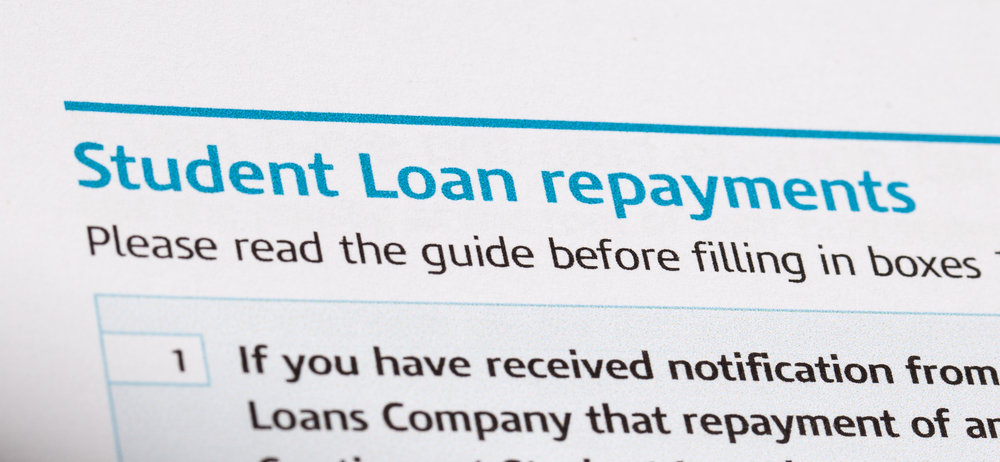A survey by the Consumer Financial Protection Bureau (CFPB) found that nine in 10 of the highest-risk borrowers were not enrolled in federal affordable repayment plans.

The analysis looks at hundreds of thousands of the highest-risk borrowers who are exiting default and may be eligible for federal programs that allow them to pay based on how much money they make. Student loan companies are responsible for informing borrowers about affordable repayment options that can help them stay on track. The study found, however, that 90 percent of the highest-risk borrowers were not enrolled in an affordable repayment plan after rehabilitation.
“Too many struggling borrowers fall through the cracks in a broken, outdated student loan system,” CFPB Director Richard Cordray said. “These people did everything that was asked of them to get back on their feet, only to end up deeper in debt. We will continue to work to make sure this industry provides borrowers with the kind of service they deserve.”
Once out of default, high risk borrowers must work with a student loan servicer to secure an affordable repayment plan. The range of widely available income-driven repayment plans that allow borrowers to pay based on income should ensure that payments remain affordable over time. New data shows, however, that fewer than two percent of borrowers accessed this protection immediately after paying a debt collector to get out of default. Nearly a year later, nine in 10 of these borrowers still had not secured an affordable repayment plan from their student loan servicer.
CFPB also found that nearly 50 percent of the highest-risk borrowers end up back in default within three years if not enrolled in an affordable repayment plan. In contrast, less than one in 10 borrowers in income-driven repayment plans ended up back in default over this period. Ninety-five percent of the highest-risk borrowers do not redefault within the first year when they consolidate into an affordable repayment plan.
CFPB has called for an overhaul of these programs to place greater emphasis on the long-term success of economically vulnerable student loan borrowers. The bureau said inconsistent practices across servicers can cause significant problems for borrowers, calling for industrywide servicing standards in this market.
The combined total for outstanding federal and private student loan debt now exceeds $1.4 trillion, with the vast majority from federal loans. The Department of Education estimates that more than 8 million federal student loan borrowers have gone at least 12 months without making a required monthly payment and have fallen into default. Nearly 1.2 million borrowers defaulted in the past year.
“For far too many student loan borrowers, the dream of a fresh start turns into a nightmare of default and deeper debt,” CFPB Student Loan Ombudsman Seth Frotman said. “When student loan companies know that nearly half of their highest-risk customers will quickly fail, it’s time to fix the broken system that makes this possible.”